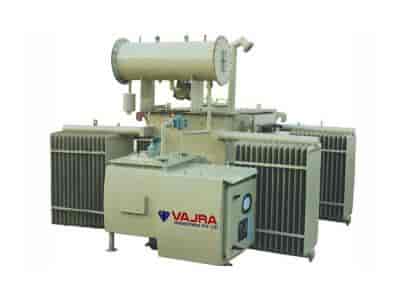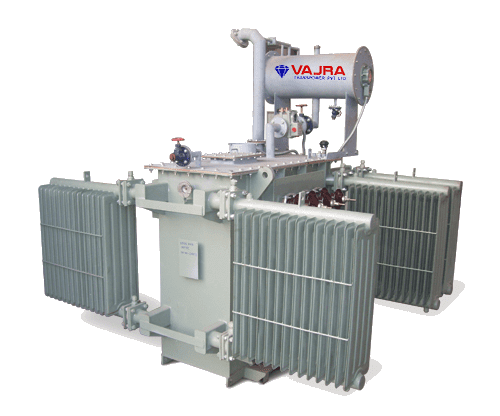Introduction:
In the realm of power distribution, transformers play a crucial role in maintaining the efficiency and reliability of electrical systems. Two essential types are On-Load Tap-Changing (OLTC) transformers and Off-Circuit Tap-Changing (OCTC) transformers. This blog post delves into the key differences between these two transformer types, shedding light on their unique features and applications.
Understanding OLTC Transformers:
OLTC transformers incorporate a mechanism enabling tap changes while the transformer operates or is energized. This dynamic feature facilitates adjusting the transformer’s turns ratio, ensuring optimal voltage levels and efficient power distribution. They find common use in scenarios with frequent voltage fluctuations, such as distribution networks with varying loads.

Key Characteristics of OLTC Transformers:
On-the-Fly Voltage Adjustments: OLTC transformers enable real-time adjustments to accommodate changing load conditions without interrupting the power supply.
Suitability for Dynamic Networks: Ideal for distribution networks experiencing fluctuations and varying loads, ensuring consistent voltage levels.
Exploring OCTC Transformers:
In contrast, Off-Circuit Tap-Changing (OCTC) transformers facilitate tap changes during de-energization periods. Unlike OLTC transformers, OCTC transformers require a brief power interruption to adjust the taps. This type of transformer is typically employed in scenarios where load variations are less frequent, and temporary power interruptions are acceptable.

Key Characteristics of OCTC Transformers:
Tap Changes During De-Energization: OCTC transformers require a temporary power interruption to adjust taps, making them suitable for less dynamic networks.
Reduced Complexity: OCTC transformers are often simpler in design compared to OLTC transformers, making them cost-effective for specific applications.
Comparative Analysis:
Operational Continuity:
OLTC: Provides continuous operation with the ability to change taps on the fly.
OCTC: Requires a brief interruption for tap changes.
Application Scenarios:
OLTC: Suited for dynamic networks with frequent load changes.
OCTC: Cost-effective solution for networks with less frequent load variations.
Complexity and Cost:
OLTC: Typically more complex and may have a higher initial cost.
OCTC: Simpler design, often more cost-effective for certain applications.
Conclusion:
In the pursuit of superior power distribution solutions, your choice between OLTC and OCTC transformers is pivotal. Visit www.vajratranspower.com to explore an array of cutting-edge transformer options that align with your unique operational needs. VajraTranspower, as a distinguished transformer manufacturing company, stands ready to provide tailored solutions, ensuring efficiency, reliability, and seamless power distribution in your network. Make an informed choice and empower your infrastructure with transformers that meet the highest standards of quality and performance.
For deeper insights into the distinctions between OLTC vs. OCTC transformers, explore our comprehensive blog post: ‘The Distinctions: OLTC vs. OCTC Transformer.‘ This detailed analysis highlights the differences, guiding you to make informed decisions in power distribution. Learn more about OLTC vs. OCTC transformers for a clearer understanding of their roles in efficient power management.
